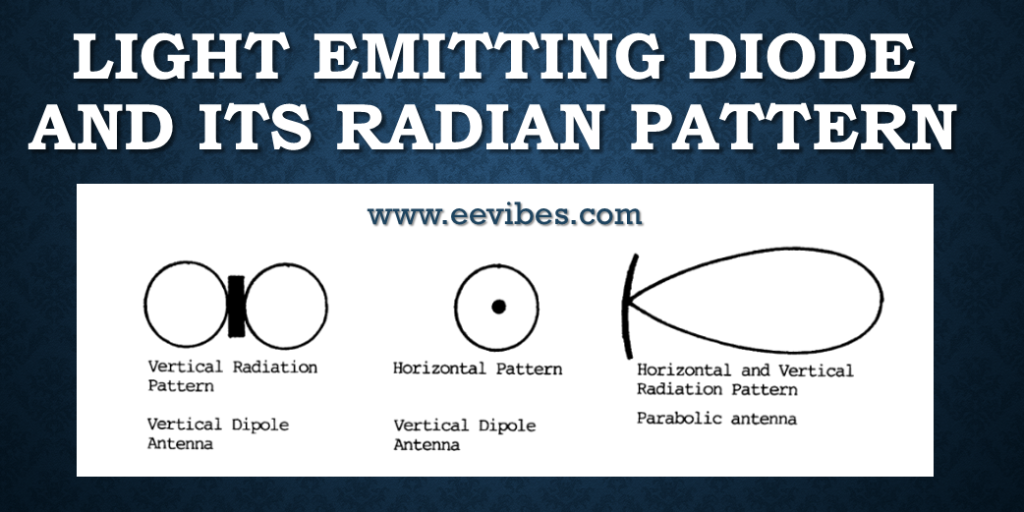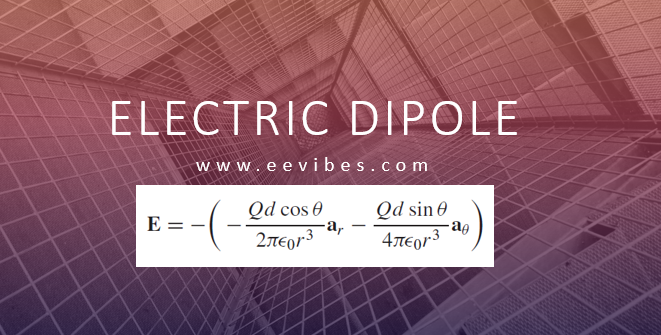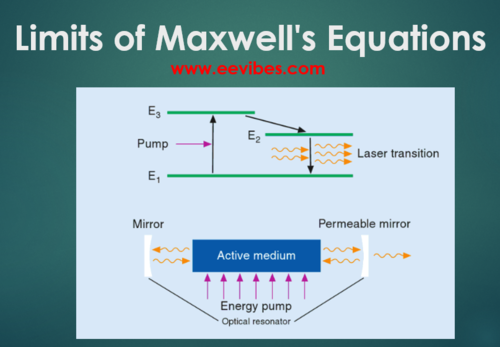DC Current Source What is the Stiff DC Current Source? A DC current source is different from the DC voltage source. A constant DC load voltages are produced across different load resistors by DC voltage source but a DC current Read More …
Category: Electronics
Photodiode and its Applications
Photodiode and its Applications
What is the DC Load Line? Example
DC Load Line of Diode: Understanding the Basics The DC load line is an important concept in electronics that is used to analyze the behavior of electronic components such as diodes. In this article, we will discuss the DC load Read More …
What are the Ideal and Stiff DC Voltage Sources?
Ideal DC Voltage Source In this article you will learn about What are the Ideal and Stiff DC Voltage Sources? An ideal DC voltage source is a voltage source that provides the constant voltages to the load. Its simple example Read More …
Common Collector Amplifier with Applications
Introduction to Common Collector Amplifier Common Collector Amplifier is also known as emitter-follower. Since the output voltages are in phase with the input signal and the magnitude is almost same as the input. Common Collector amplifier has the characteristics of Read More …
Optical Fiber Transport Network Topology | Smart Grid Core Services

Introduction Optical Fiber Transport Network Topology. The development of smart power grids in the United States, Europe, and China underscores the need for efficient optimization of the power optical fiber transmission network topology. This optimization is crucial to ensure the Read More …
Light Emitting Diode and its Radian Pattern

Introduction to LED LEDs have revolutionized the lighting industry with their energy efficiency, longevity, and versatility. In this article, we will explore the light emitting diode and its radian patterns, its wide range of applications, and the recent advancements that Read More …
What is an Electric Dipole?

Introduction to Electric Dipole What is an Electric Dipole? In order to understand the basis of behavior of dielectric materials in electric field, dipole fields are used. Dipole fields are also helpful for understanding the concept of imaging. When the Read More …
What are the Limitations of Maxwell’s Equations?
A train travels at 225 km in 3.5 hours and 370 km in 5 hours. Find the average speed of the train.
Answer To find the average speed of the train, we can use the formula: Average Speed = Total Distance / Total Time Given that the train travels 225 km in 3.5 hours and 370 km in 5 hours, we can Read More …
